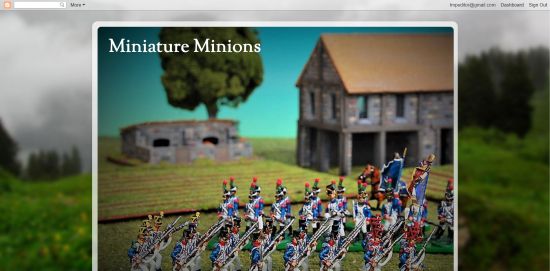We have now released three metal-boxed sets of Cutting Edge Miniatures New Kingdom Egyptians, comprising chariots, spearmen and archers. These are the key elements you need to build an Egyptian army and face off against the recently released Hittites!

The 18th, 19th, and 20th Dynasties comprise the age of the Egyptian New Kingdom (1550-1077BC). During these years, a succession of warrior pharaohs led Egyptian forces in wars of conquest, southwards to Nubia, and northwards to Canaan, Amurru and Syria. At the forefront of the pharaohs' armies were the most powerful weapons of the new age – chariots!

Egyptian chariots were lightly built, and were crewed by a driver and a fighter, armed with a bow and a number of short spears, which could be thrown or used to stab at the enemy. Chariots were expensive to make, and were often elaborately decorated or gilded. After a battle, captured chariots were listed amongst the spoils of war.

During the New Kingdom, Syria became a battleground for the empires of the age. Thuthmosis III (ruled 1479-142BC) campaigned against the cities of Canaan and Syria, and his many conquests have earned him the title of 'Napoleon of Ancient Egypt'. At the Battle of Megiddo, he fought against a coalition of Canaanites led by the King of Kadesh, winning the greatest victory of his reign. Afterwards, the Hittites, Babylonians and Assyrians all acknowledged the pharaoh's might with tributary gifts – only the Mitanni failed to do so – and Thuthmosis took his revenge by leading a campaign across the Euphrates and wreaking devastation upon the Mitannian King's cities!

The Egyptian pharaohs led their armies through Canaan and into Syria in a succession of wars throughout the age of the New Kingdom. Infantry formed the backbone of these forces, comprising archers and close fighters armed with spears, swords and sometimes with heavy mace-like weapons. The Egyptian spear was not especially long, and was primarily a throwing weapon whose user would follow up with the deadly khopesh sickle-sword.

From the reign of Akhenaten (1379-1362BC), if not earlier, the Egyptian infantryman benefited from the addition of distinctive banded armor, made from stiffened or reinforced fabric. Images of warriors so equipped were discovered in the tomb of Tutankhamun.

The banded headcloth, so commonly associated with Egyptian infantry, is a typical feature of troops from the later 19th Dynasty, reflecting the appearance of the armies of such mighty warriors as Ramesses II and later pharaohs. It may conceal a helmet, or could be a padded or plaited headdress – we don't know for sure.

These troops carry a larger shield than that of earlier close-fighting infantry, more suitable for fighting in dense formations. Shields are shown painted in a solid color, such as red or blue, with a white border decorated with black, blue and red lines. Shields were often slung on the back, even in combat, and were used to form a palisade around the army's encampment.

Archers were an important part of the Egyptian army, if not the most important part of all. The powerful composite bow, made from laminated strips of wood, was probably introduced by the Hyksos invaders prior to the New Kingdom, and was certainly in use by Egyptian troops from the time of Akhenaten (the Amarna period, as it is often known). It was a very effective weapon, that was said to be capable of shooting an arrow able to pierce a copper sheet three fingers thick.

Troops such as these fought in the campaigns of Ramesses II against the Hittites and their Canaanite allies, when the pharaoh engaged the Hittite King Muwatallis II in battle at Kadesh in 1274BC. On that occasion, they probably had little opportunity to use their deadly weapons, suddenly finding themselves ambushed by Hittite chariots emerging from concealed positions, as they marched towards the Canaanite city.

These archers wear a form of laminated banded armor, probably made from stiffened cloth, and a frontal flap that covers the groin – probably also made from reinforced fabric. Their characteristic cloth headgear could be a form of padded armor, or plaited headdress, or it might be a simple cloth covering a helmet. In any case, it afforded some protection for troops in the thick of battle.

We also have two sets of allies for the Egyptians released this week: Lybian and Nubian Archers.

Early Libyan Archers of the Early, Middle, and Late Bronze Age can be used as allies or mercenaries in Egyptian armies, or as part of their own independent army opposed to Egypt.

Nubian Archers for use as mercenaries or allies in Old, Middle and New Kingdom Egyptian armies, or independently in armies opposed to Egypt.
Read All About Their Most Famous Battle Against the Hittites
In this series of articles, Bronze Age expert Nigel Stillman discusses the Battle of Kadesh, and the period of war and battle between the Hittites and Egyptians that led to it:






